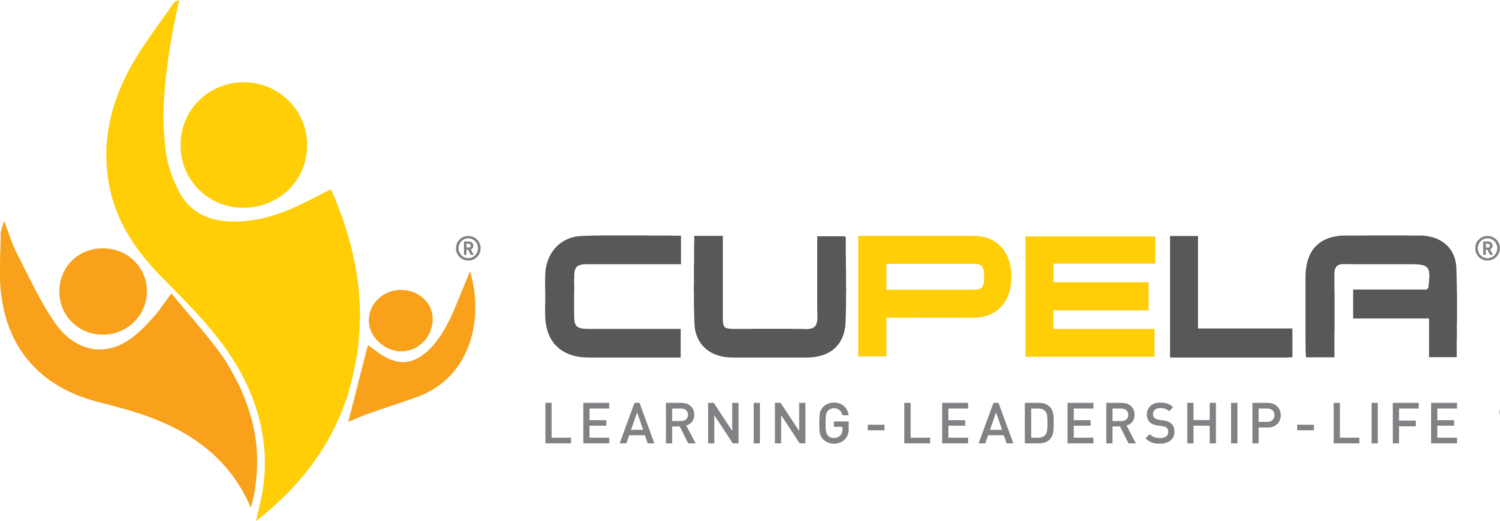
There is more to Strategic Thinking than Meets the Eye
A Case Study: There is more to Strategic Thinking than Meets the Eye
In Peter’s case we started with the 360 because he wasn’t sure what exactly he should be working on, he just felt he wasn’t ready for the next level yet. The 360 revealed that his peers were most worried about the level of his strategic thinking skills. Peter was doing alright in the current context but there had been incidences that left his peers worried that he might not be able to expand to the global level when it comes to strategy. There is a knowledge component to this, of course, where Peter just needs to have more awareness of what is going on in the world but concerns were also expressed around his ability to change perspectives, to think laterally and to ask others for input, suggestions and feedback.
Objective
So the objective for our work together became for Peter to go from national level thinking to global level thinking, understanding the different concerns at that level and being more expansive in his overall attitude and outlook.
Process
Lateral Thinking
Peter had a tendency to think linearly and often didn’t allow his mind to open to more creative ideas. He didn’t want to waste time on pursuing irrelevant thoughts and ideas. He hadn’t had much experience with the creative process and the ‘detours’ we sometimes need to take to come up with great solutions. So we introduced lateral thinking into his life.
Learning to Collaborate
In the past, Peter had mostly solved his problems by himself, rarely asking others for input. We worked on ways that he could involve others and invite them to collaborate. From first steps like asking for an opinion or a suggestion to more in-depth collaboration like brainstorming and co-authoring a report, Peter soon learned to appreciate the benefits of working together.
Activating the Neutral Observer
Last but not least, Peter needed to learn to change perspective, not take things personally, think of what behaviour is most conducive to the desired outcome rather than acting from habit or knee-jerk reactions. The concept of activating the neutral observer was helpful to him to find more effective ways to interact and plan ahead.
Conclusion
There is a lot more to strategic thinking than meets the eye. Peter was so used to just taking charge and getting things done that he was limited to his own point of view and knowledge. In order to advance to a global level, he needed to open his mind and see the bigger picture, learn how to devise a strategy for something where he doesn’t have 100% of the knowledge himself. Collaboration, trust and expanding his network were just some of the valuable things he gained in the process.






